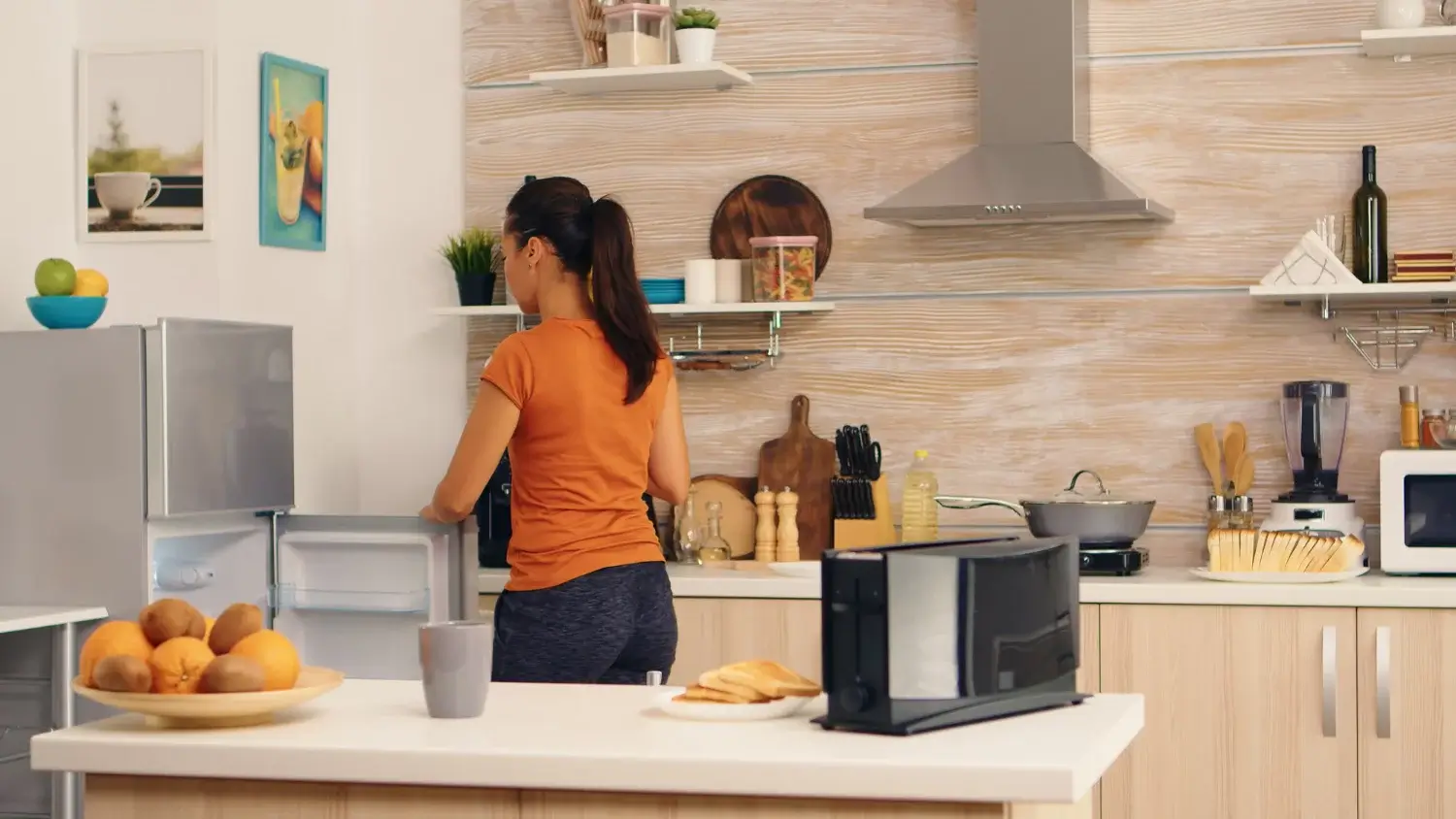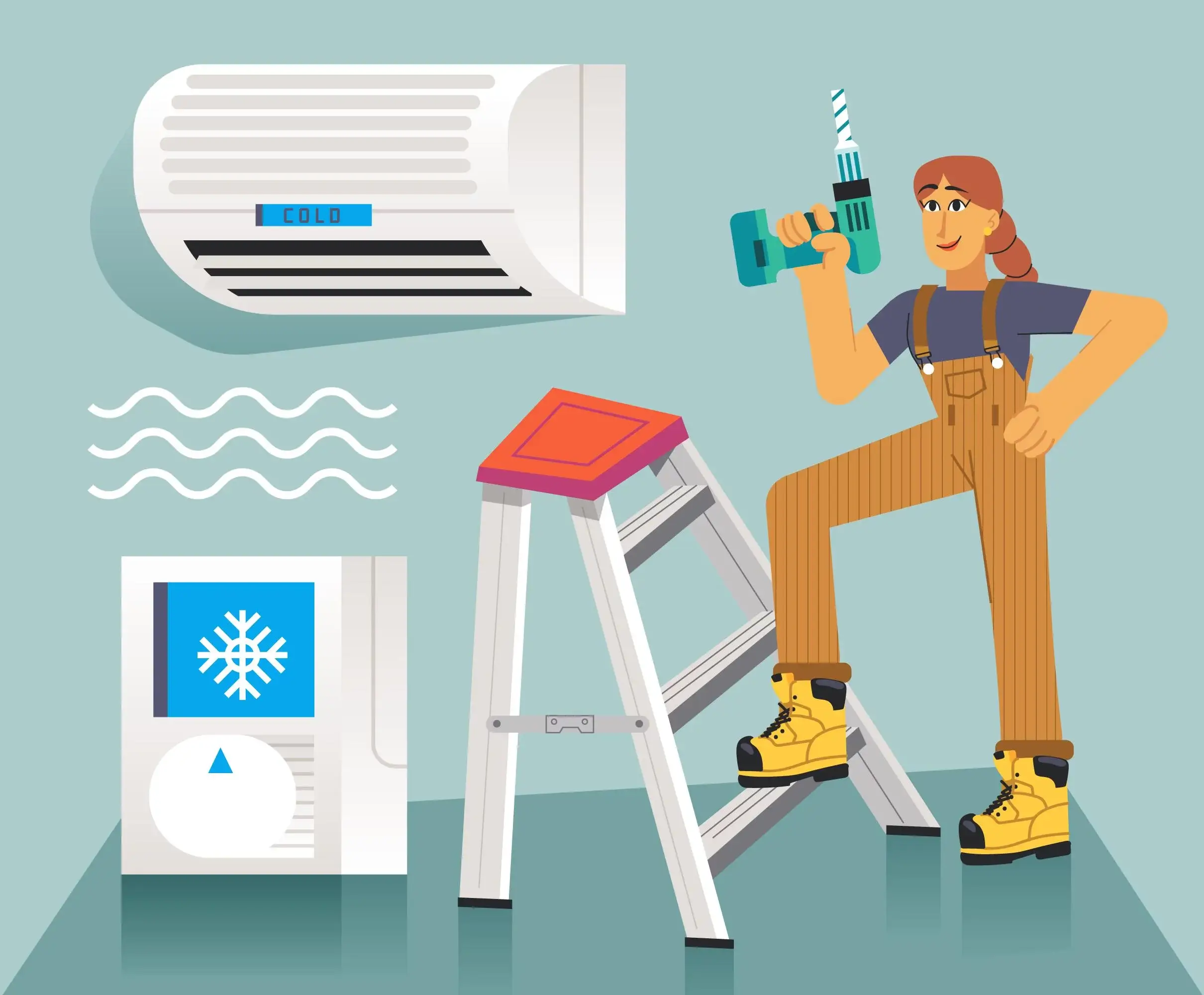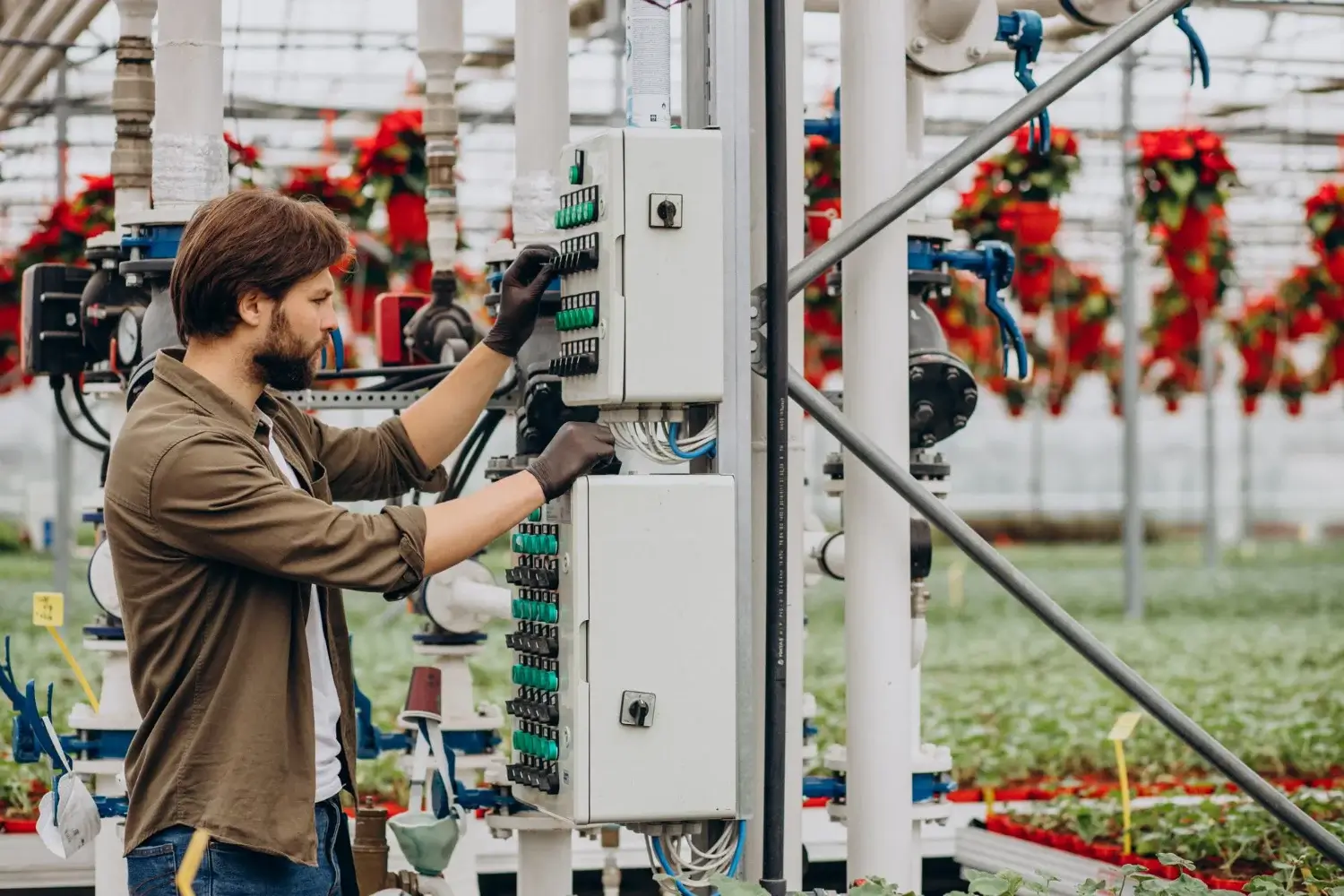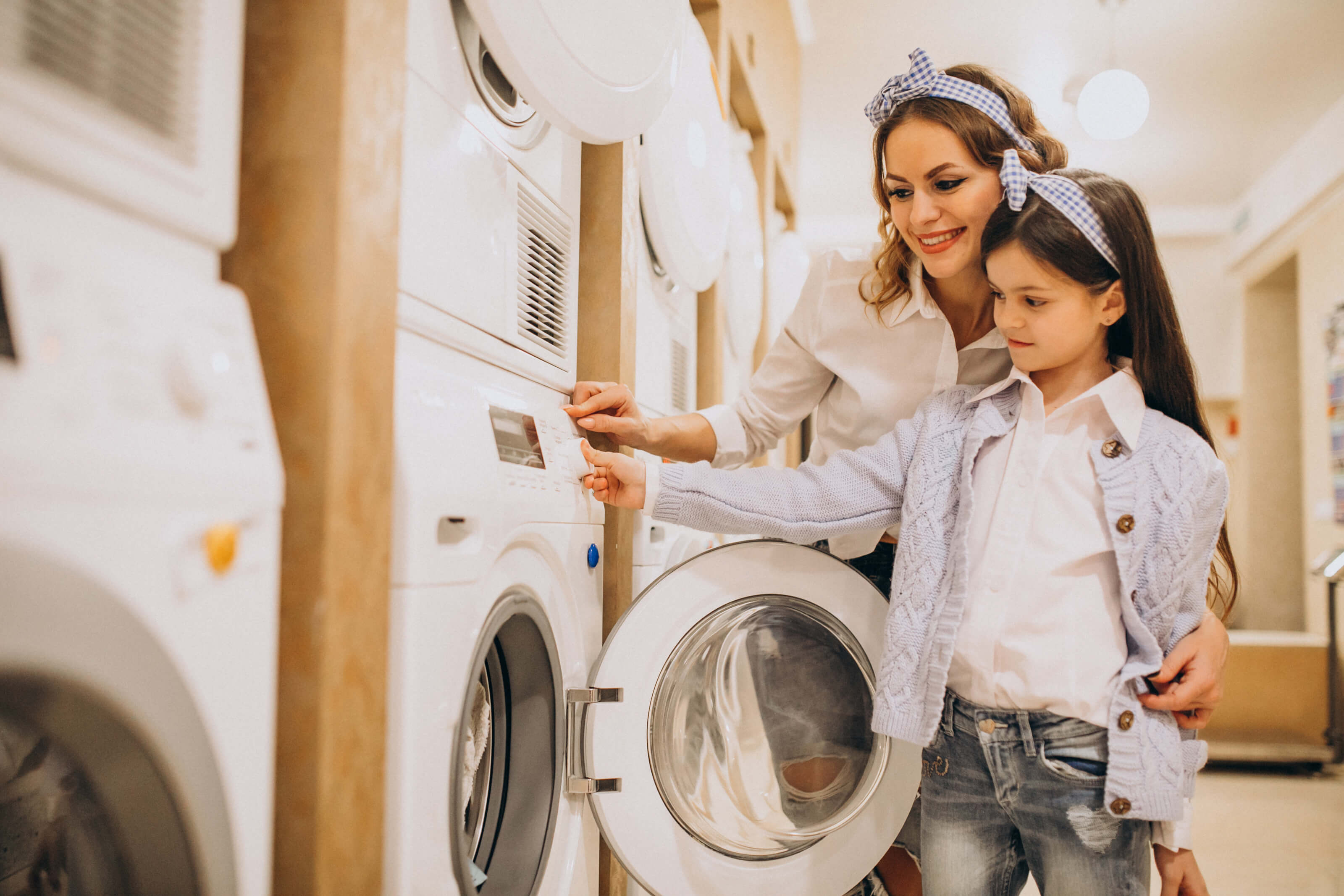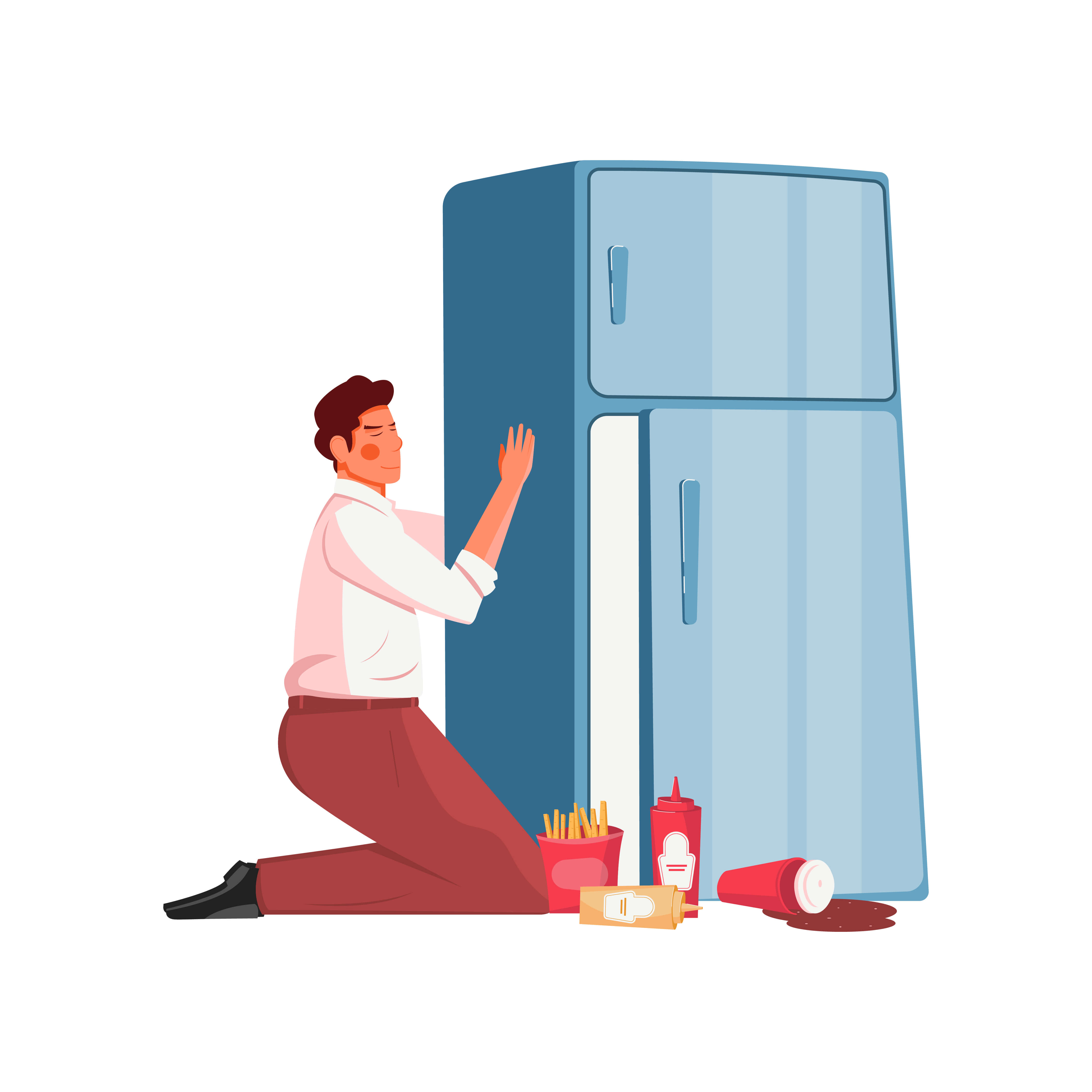The excitement of buying a new home comes with the anticipation of setting up your living space just the way you want it. As you envision your dream home, it’s crucial to know which essential appliances are usually included in the purchase. These appliances play a significant role in daily life, making your new house a functional and comfortable haven. In this blog, we’ll delve into the appliances you can typically expect to find when buying a new home.
Stove/Oven
One of the central appliances in any kitchen is the stove or oven. This cooking powerhouse allows you to whip up culinary creations with ease. Whether you’re sautéing vegetables or baking a delicious dessert, having a reliable stove and oven is essential. Most new homes come equipped with a stove/oven combo, providing you with the tools you need to unleash your culinary prowess.
Built-In Microwave
The built-in microwave is another staple appliance found in many new homes. This modern convenience simplifies reheating, defrosting, and cooking in a matter of minutes. Having a built-in microwave not only saves counter space but also offers a quick solution for those busy days when time is of the essence.
Dishwasher
Say goodbye to hand-washing dishes, as many new homes come with a dishwasher. This appliance not only saves you time but also conserves water compared to washing by hand. A dishwasher is a welcome addition that makes post-meal cleanup a breeze, giving you more time to enjoy the things you love.
Refrigerator
While stoves, microwaves, and dishwashers are often standard inclusions, refrigerators might be a bit more variable. Some new homes come with an old refrigerator as part of the package, while in others, it might be negotiable or even left to the new homeowner to provide. Check with the builder or seller to clarify whether a refrigerator is included.
Washer and Dryer
Similar to refrigerators, washers and dryers might also fall into the “possibly included” category. While some new homes come with these laundry essentials, others might leave it to the homeowner’s discretion to acquire their own. Confirm with the seller or builder to determine whether a washer and dryer are part of the deal.
When stepping into your new home, the presence of essential appliances sets the stage for a comfortable and functional living experience. From cooking to cleaning, these home appliances streamline daily tasks, allowing you to make the most of your new abode. While stoves, built-in microwaves, and dishwashers are often standard, the inclusion of refrigerators and washers/dryers can vary. Always clarify with the builder or seller to ensure you’re well-informed about the appliances that will accompany your new home. With the right appliances in place, your new house becomes a place where comfort and convenience meet seamlessly.
Image by Drazen Zigic on Freepik


